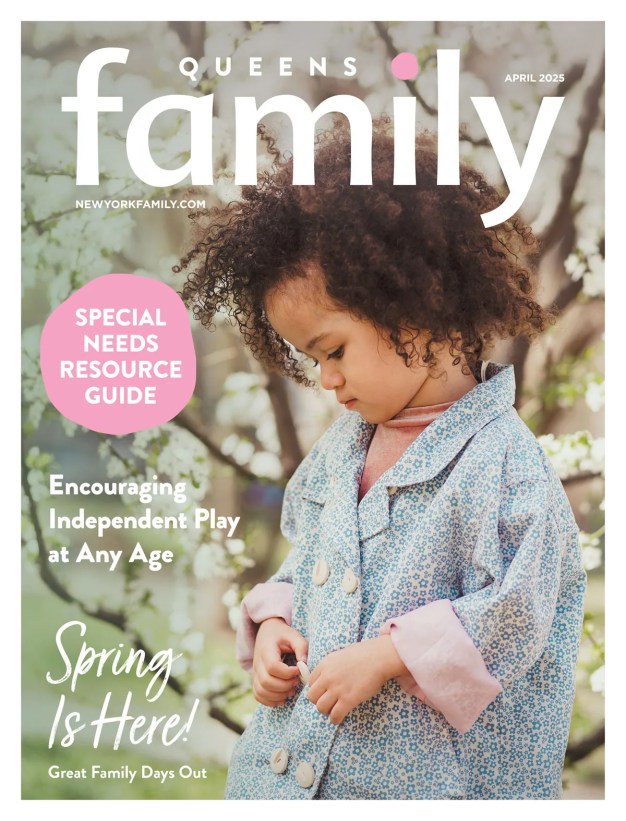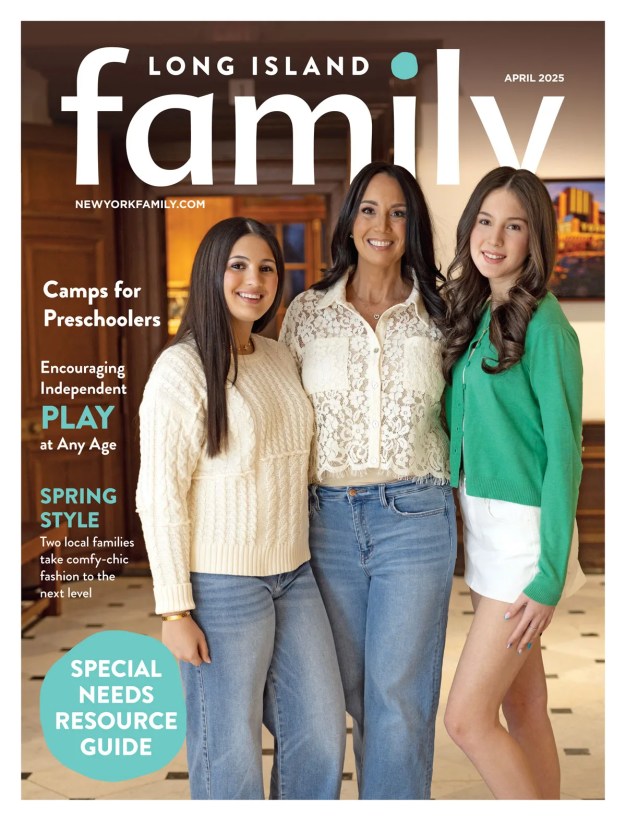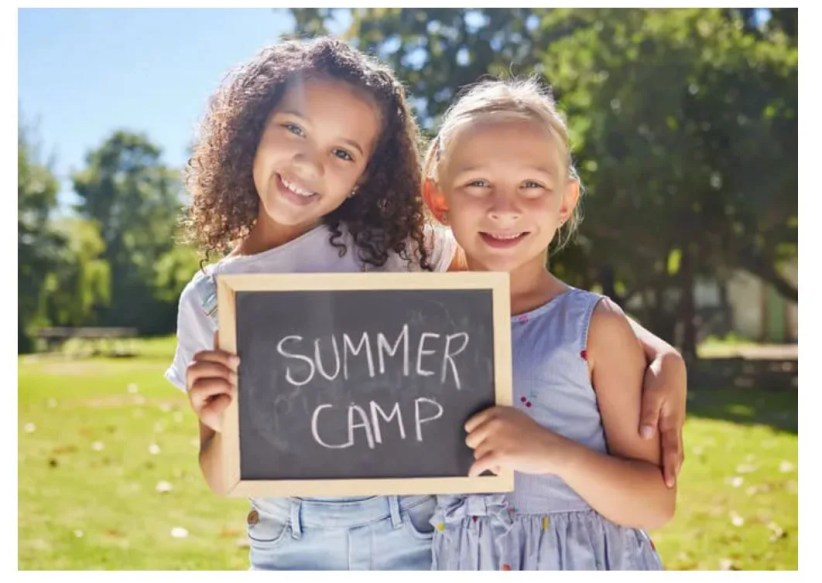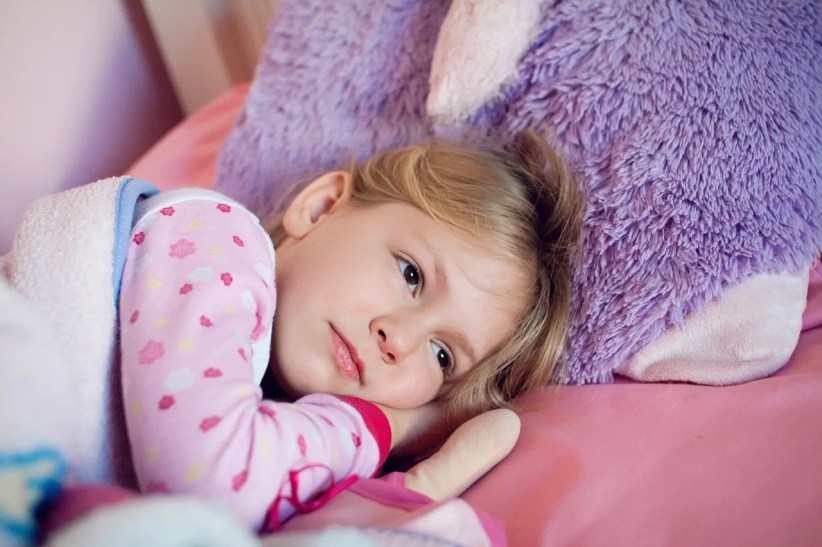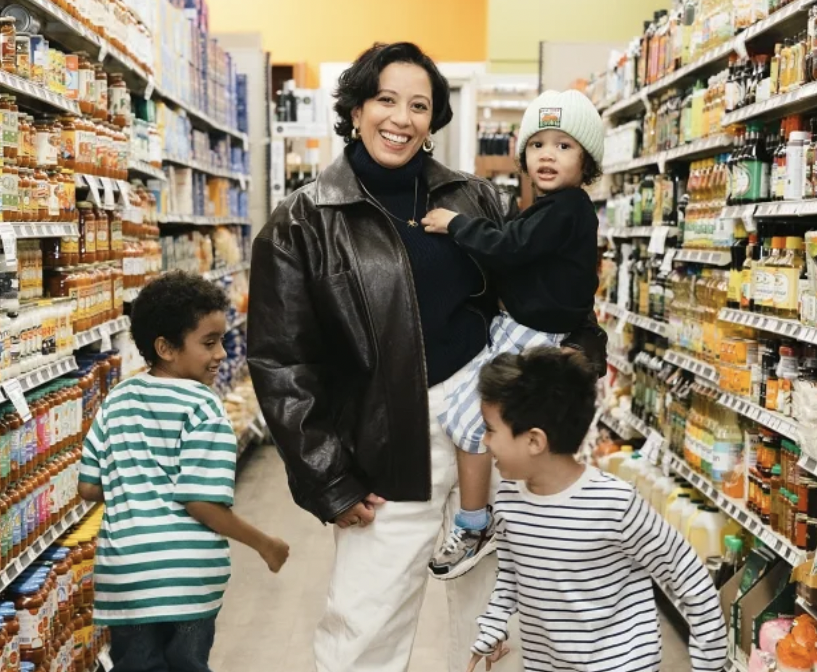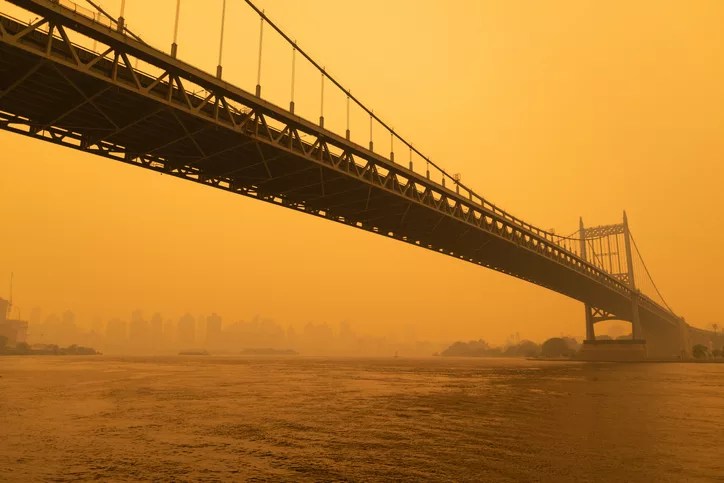
How to Talk to Your Kids About Wildfires and Other Environmental Catastrophes
A few months back it was certainly an eerie scene in New York: An apocalyptic -looking orange haze, accented by the smell of burning wood, enveloped us when we stepped outside. Who would have thought that New York City would feel the effects of wildfires burning not only hundreds of miles away–but in a different country! It even made our air quality levels off-the-charts bad.
As wild fires such as the recent tragic Maui Lahaina fire continue to be covered extensively in the media, kids might be curious. As parents, how can you talk to your kids about the wildfires and the environment, and what do they need to know?
These days, children are more eco-conscious at a younger age than ever before, especially when it comes to wildlife conservation and habitat loss. These are all heavy topics for all of us, no matter our age. In the movie “Bambi,” the forest fire was caused by humans. In real life, there are many causes for wildfires and their intensity, from human carelessness and activity to drought to natural occurrences like lightning strikes. And it’s not always easy to pinpoint any one cause. It could be a combination of the above. In short—wildfires can be complicated.
When talking to your kids about wildfires, it’s important to know that fires like this have occurred since the start of time and will continue, scientists say. As we’re seeing in Canada right now, they can burn for quite a while, destroy vast acres of land and even affect areas located far away from the flames. (As indicated by that weird orange haze. By the way…If you’re curious what caused that strange color in the sky, it was due to the refraction of light of the carbon particulates that make up the smoke from the combustion of wood.)
Talking to Your Kids About Wildfires and the Environment: Where to Start
To start, it’s good to have the basics down pat on what’s going on with the fires up north. As explained in a recent Reuters article, Canada is enduring its most destructive start to wildfire season, with about 4.8 million hectares (48,000 square kilometers) – an area larger than the Netherlands – already burnt. Here are some more answers to common questions:
What started the wildfires in Canada?
In general, many Canadian wildfires are caused by lighting strikes. In Quebec, it looks like many of the current fires were started by lightning. Officials in Alberta have said that the cause of fires there is unknown, and in other parts of the country, the fires have been human-caused in various ways, according to a CBS News report.
Globally and historically, these have all been typical ways for wildfires to start. But, environmental experts say nothing is really typical anymore. Anita van Breda, senior director of environment and disaster management at the World Wildlife Fund (WWF), elaborated on this.
“This is the reality of a changing climate, but also all the other conditions that contribute to risk, and we see it in fires as well,” van Breda said. “Statistically, humans are responsible for about 75 percent of all wildfires. In some parts of the world, that’s due to land clearing for agriculture. Fire is often used for that and it gets out of control, becoming a wildfire.”
While it’s true that wildfires are a natural occurrence, the challenge now is having a melting pot of all these different conditions coming together, van Breda explained.
“With climate change, the temperatures are hotter, the soil is drier, where and how people decide to use land changes how water moves through landscape—and that can have a bearing on how dry or wet an area is and how it might respond to fire,” she said.
Are the fires affecting people and their homes in Canada?
When talking to your kids about the wildfires and natural disasters, they might ask if people are ok. In the case of the Canada fires, according to the BBC, tens of thousands of people had to be evacuated.
How do wildfires typically burn? What makes them spread so fast?
Fires typically spread on the surface by burning dry material on the ground such as dead leaves, twigs, and grass, the NYS Department of Environmental Conservation (DEC) explained. Fire can also burn below the surface in the accumulated dead organic material, commonly called “duff.” If the fire spreads to standing trees with dead leaves and branches, they will also burn.
What about the animals? Is the wildlife ok?
Kids are often curious and concerned about animals. And there is some good news when it comes to forest fires: As the DEC explained, animals are very aware of their surroundings, and they’ll move out of the area as a fire approaches. Most wildfires do not travel quickly enough to trap animals before they can escape. (Yaaaay!) Also, earlier this month, New York deployed seven Forest Rangers to help with the firefighting efforts in Quebec.
After a wildfire is out, how long does it typically take for the forest to start growing back? And when do animals start returning?
More good news: Forests start growing back almost immediately after a fire is out. Some plants are even called ‘fire dependent species,’ and their growth and regeneration is stimulated by fire. The fire also returns nutrients to the soil which is bound up by the dead material on the forest floor, and these nutrients help to stimulate growth. Animals also start to return shortly after the fire, and many find the new growth a preferred food source.
But there can be a darker side. Unfortunately, sometimes, if a fire is super hot, or goes for a super long time, the soil can become impacted, making it difficult for vegetation to grow back, van Breda of the WWF explained.
“We’ve seen in some places that had really intense fire, everything is dry. If you get rain—which we’re happy about because that helps put out the fire—that can cause a flood or mudslide. And the soil, which is now weak and stressed, can be washed away. This sets up a regrowing process that is different, slower and more complicated,” van Breda detailed.
Climate change poses many threats, and the Canadian fires are still burning at press time. But is there anything people can do to help prevent forest fires?
As Smokey the Bear famously told us, we can prevent forest fires, especially when it comes to campfire safety. You can see important and helpful information about camping and outdoor safety on Smokey’s website.
And with many things, climate change can be a threat multiplier, van Breda said.
“If we’re seeing hotter temperatures, the air is drier, soil and vegetation dries out, then things are more flammable. As fires burn, more carbon dioxide is released into the air. That contributes to global warming, which makes things hotter and drier. And then we’re in this vicious negative cycle,” she explained.
But locally, here in New York, approximately 95 percent of wildfires are caused by humans, so attributing any trend in wildlife numbers numbers or severity directly to climate change would be difficult, the DEC explained, adding that officials are not aware of any data to date that indicates a trend of worsening wildfires in New York State.
Getting back to climate change, van Breda did add that it’s important for everyone to reduce global warming and their carbon footprints, and work to adapt to changing conditions.
“Climate change is here and it’s now. It’s not a future thing,” she said. “And so, we have to work to adapt as well as mitigate and reduce it as much as possible.”
Tips for Talking with Your Kids About Wildfires, Climate Change and Natural Disasters
Kids are very curious and inquisitive beings, so they’ll often have questions about what’s going on in the world around them. Carrie Lara, Psy.D, is a clinical psychologist who works with a wide range of patients, including children. She’s also from Sonoma County, CA, a part of the country susceptible to wildfires.
Her upcoming book, Out of the Fires: A Journal of Resilience and Recovery After Disaster, is a journal narrated with a story and filled with drawings, news clippings and coping strategies for dealing with natural disasters.
“My goal for the book is to be a tool and resource for families who have been through this, but also for families who haven’t so they get an understanding of what it’s like to go through a natural disaster,” she said.
Lara shared some tips for parents to use if their kids are curious about not only the recent wildfires, but other natural events and disasters:
If they’re asking, answer. If they’re not asking, don’t answer. Children ask questions when they’re ready for answers. And if they’re not asking, that means it’s not something you need to talk about.
But when kids ask about natural disasters, be open and honest that these things occur beyond our control. It’s a scary concept to think about, but normalizing the emotions surrounding this (such as sadness and anxiety) is a good first step.
Remind them that some things ARE in our control. After acknowledging the unpredictability of natural disasters, bring up the brighter side, too: That some things are, in fact, in our control.
“A really big resilience factor is actually what we do have control over,” Lara explained. “So, this means being prepared, having a family evacuation plan and emergency plan. This helps a child understand, ‘Ok, the environment around me is a little chaotic right now, but I know what I’m supposed to do. This is what I have control over.’ Giving kids a sense of some control is a huge resilience factor.”
Consider coping strategies that have worked in the past. This is especially helpful for families who are currently going through trauma. Maybe your child finds solace in mindfulness activities, like art or hiking in nature.
“Building from what’s worked before, and considering if it’s something you can do now,” Lara said. “Let’s build on that, and add more. This is a really nice way to cope because it’s strength-based. It’s focusing on what the child already brings in, and you’re saying, ‘You’re already a powerful little person! Let’s see if we can build you up with more power and more strength.’”
Helpful Resources
These resources are available for families affected by natural disasters, as well as to help children and families learn more about wildfires and disaster preparedness:
The Canadian Red Cross: You can donate to help those most impacted by the Canadian wildfires in the most affected areas.
Red Cross: For tips on creating an emergency plan so your family will know what to do in a crisis.
World Wildlife Fund’s Wild Classroom: You can find activities, videos, articles and even games that kids and families can use to learn about animals, habitat and other environmental topics.
Pssst…. Check out Parental Burnout: What It Is and How to Prevent It


